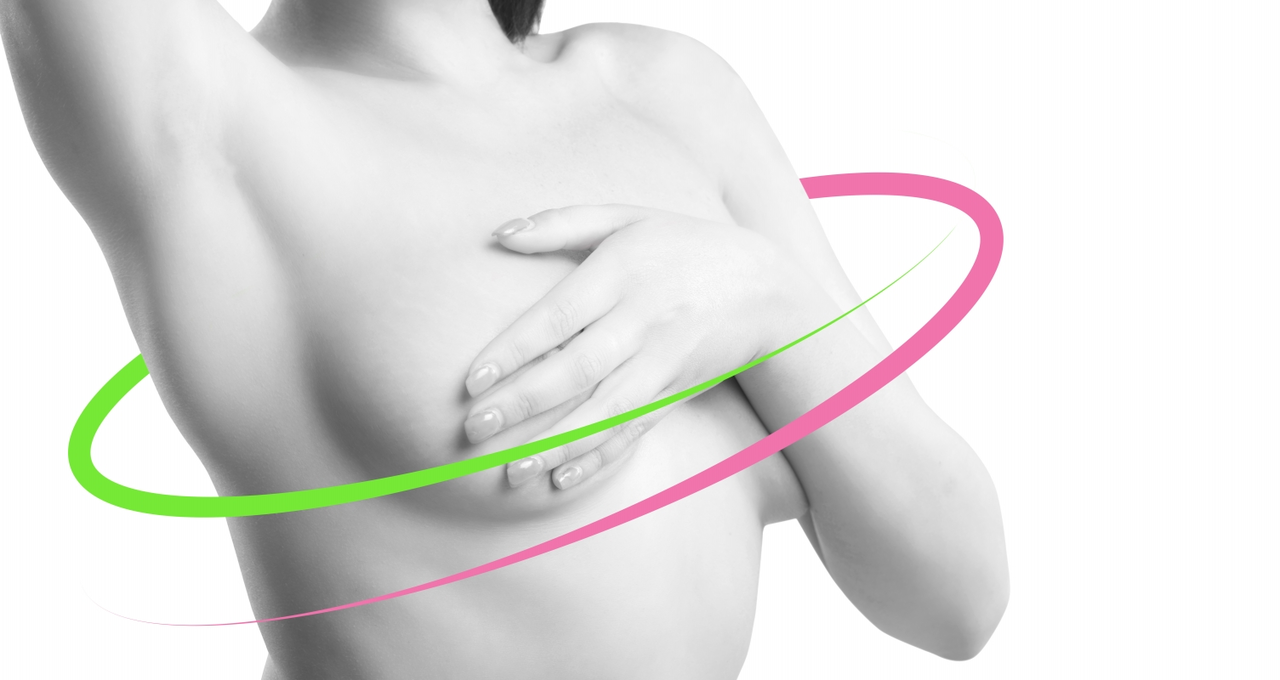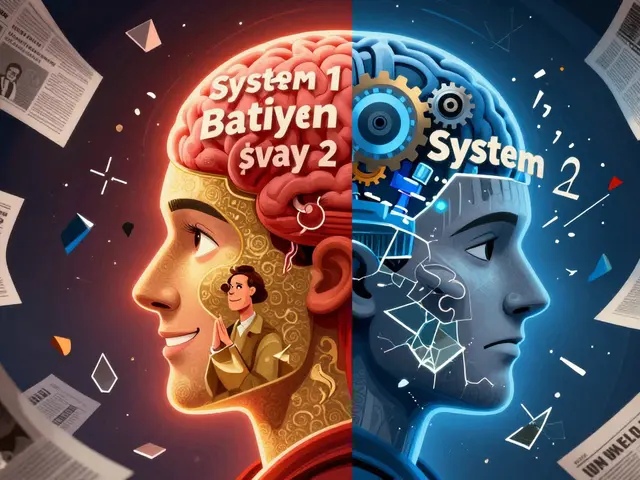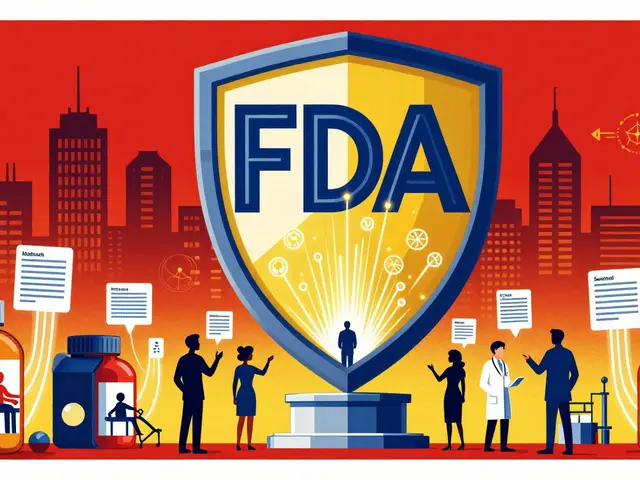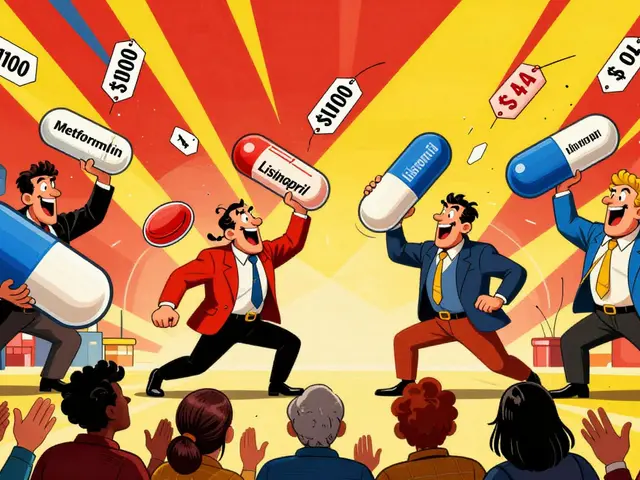Ethinylestradiol BP: Quick Guide to Uses, Dosage & Safety
If you’ve seen the name Ethinylestradiol BP on a pill pack, you’re probably wondering what it does and if it’s right for you. In simple terms, Ethinylestradiol is a synthetic estrogen that’s part of many birth‑control pills and hormone‑therapy combos. The "BP" tag means the formulation follows the British Pharmacopoeia standard, so the quality and strength are tightly regulated.
Doctors mainly prescribe it for two reasons: preventing pregnancy and treating hormonal problems like acne or irregular periods. When paired with a progestin (a synthetic progesterone), it creates a reliable contraceptive that works by stopping ovulation and thickening cervical mucus. For hormone therapy, the estrogen part helps replace declining natural hormones during menopause.
How to Take It – Dosage Tips
The exact dose depends on the brand you get, but most combined pills contain between 20 µg and 35 µg of Ethinylestradiol per tablet. You usually take one pill every day at the same time for three weeks, then have a four‑day break (or take placebo pills) to trigger a period.
Start the pack on the first day of your period or the Sunday after it begins – whichever your doctor advised. If you miss a pill, grab the missed one right away and keep going; don’t double up unless you’re told to. Missing more than two active pills in a row can lower protection, so consider backup condoms for a few days.
Side Effects & What to Watch For
Most people feel fine, but some notice mild nausea, breast tenderness, or slight spotting during the first month. These symptoms often fade as your body adjusts. More serious warnings include severe headaches, vision changes, leg pain, or sudden shortness of breath – those could signal blood clots and need immediate medical attention.
Ethinylestradiol can interact with a few common drugs: antibiotics like rifampicin, certain anti‑seizure meds, and herbal supplements such as St. John’s wort may lower its effectiveness. Always tell your doctor about any other medicines or supplements you’re taking.
If you smoke and are over 35, the risk of clotting goes up noticeably, so many clinicians advise against combined pills for that group. For people with a history of blood clots, liver disease, or certain cancers, alternatives like progestin‑only pills or non‑hormonal methods might be safer.
When you pick up Ethinylestradiol BP from a pharmacy, check the expiration date and make sure the packaging is intact. If you’re buying online, use only reputable pharmacies that require a prescription – it protects you from counterfeit pills that could contain wrong doses or harmful additives.
Bottom line: Ethinylestradiol BP is a well‑studied estrogen used in many birth‑control and hormone‑therapy combos. Follow the dosing schedule your doctor gives, watch for any unusual symptoms, and keep an eye on drug interactions. When taken correctly, it’s a convenient, effective option for managing reproductive health.






